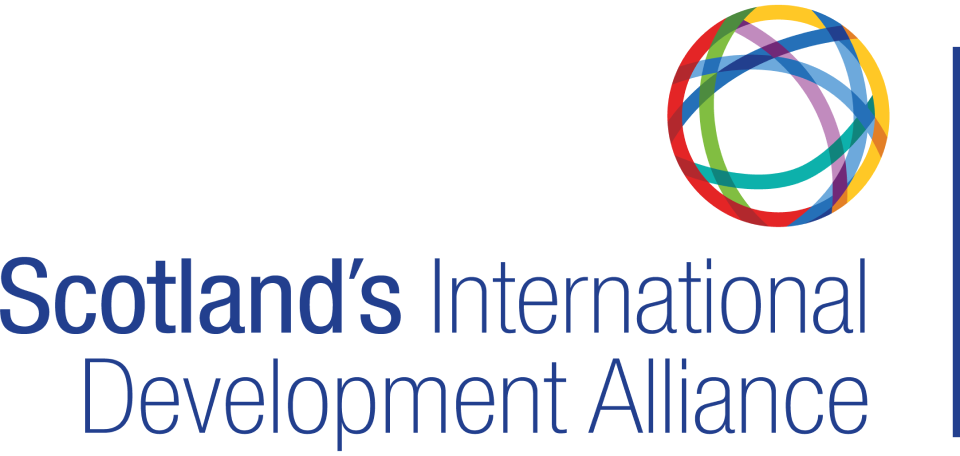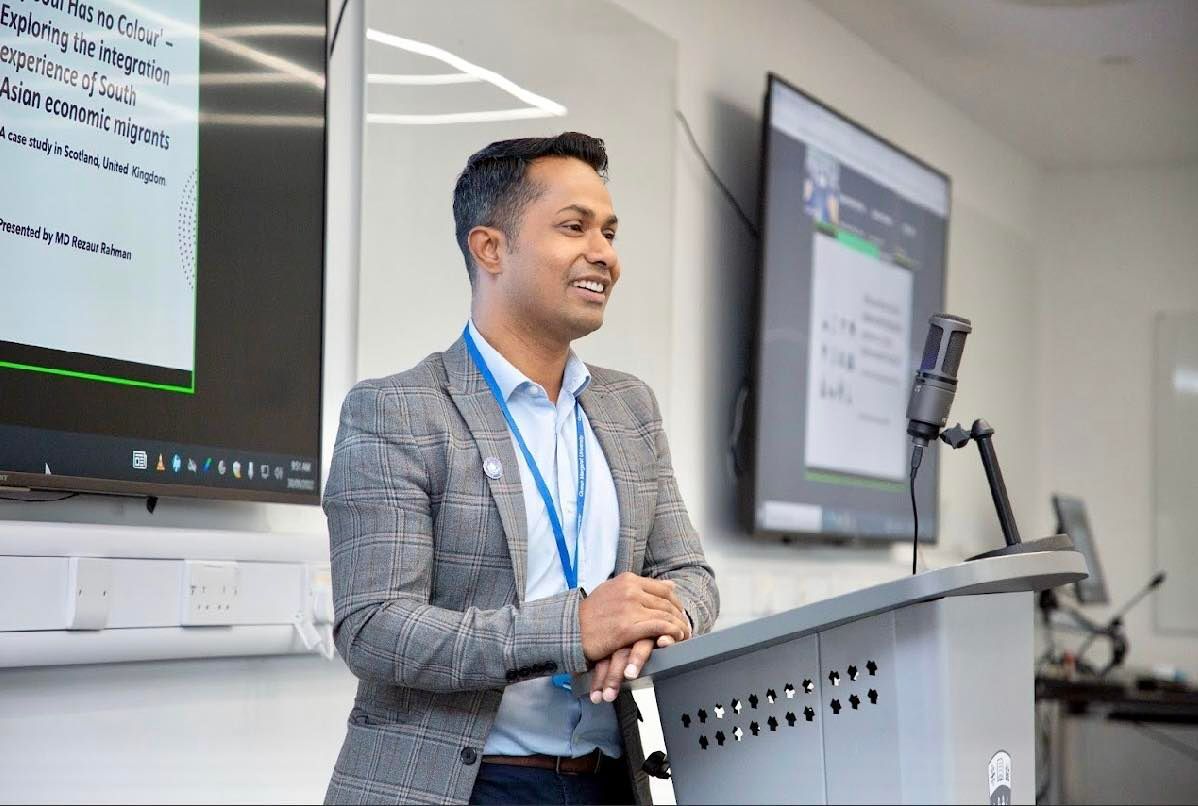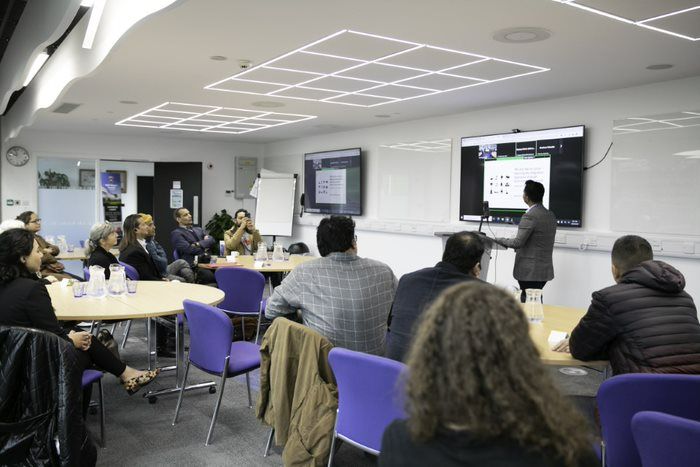Member blog written by individual member, MD Rezaur Rahman.
While the Scottish government continues to negotiate with the central UK government to gain more control over its immigration system, it is essential to understand the extent to which Scotland is cultivating an environment in which migrant groups can fully integrate with the host society. Due to factors such as a low birth rate, an ageing population and rural depopulation, the Scottish government is trying to tailor their immigration policies to attract international migrants to fill the labour market shortage. In light of this, and to better understand how integration happens, my research explored the integration experiences of south Asian migrants living in West Lothian.
There is a long history between South Asian economic migrants and the British Empire. After World War II, South Asian migrants were encouraged to come to the UK to fill the gap between skilled and unskilled jobs. However, the number of economic migrants increased significantly between 1953 to 1961, which led to the introduction of the Commonwealth Immigrants Act 1962 to restrict the number of migrants entering the country – concurrently, citizens of commonwealth countries became subjects of immigration law/policy. In 2008, the points-based visa system was introduced to reduce the increasing number of non-EU migrants. Currently, the skilled worker visa is the only route for South Asian economic migrants to enter the UK. However, despite the existence of such a long-standing relationship between the UK and South Asia, there is still minimal research that aims to understand the integration experience of South Asian economic migrants. As a result, policies often fail to recognise the unique integration needs of this migrant group.
Many political and public discussions have emerged through theory and policy concerning the integration of refugees and asylum seekers. Some significant studies have been conducted to understand what successful integration means to refugees and asylum seekers, such as Ager and Strang, 2002; Ager and Strang, 2008; OECD, 2018; The Scottish Government, 2018 and The Home Office, 2019. Even though integration refers to not just to refugees and asylum seekers; the experiences of other migrant groups, who are neither refugees nor asylum seekers, seem to be overlooked by both theory and policy. In particular, the voices of South Asian economic migrants are often missing in the integration policy-making process. Therefore, exploring the integration experiences of these and similar migrant groups may inform the understanding of integration more broadly.
Informed by my positionality as a South Asian migrant living in Scotland, I employed the Indicators of Integration as a conceptual framework with the hope that it could provide an outline for this case study exploring the integration experiences of South Asian economic migrants. Based on a deductive approach, I conducted focus group discussions to understand participants’ perspectives on the meaning of integration and the challenges they face in everyday life. It also explored the effectiveness of integration initiatives such as citizenship and English language tests, employment, housing and education services – all of which are supposed to facilitate appropriate environments where migrant groups can live a fulfilling life in Scotland.
The findings suggest some similarities between refugees and economic migrant groups regarding their life experiences of racism and discrimination and how such experiences impact their settlement process. The experiences of the South Asian economic migrant group are an interesting population to study here because, like most other migrants, they are a heterogenous group. Whilst citizenship is often understood to be the final frontier of integration, but participants of this study clearly state that citizenship has minimal impact on their settlement process. Instead, racial equality, positive public perception and reduction of racial discrimination were identified as key factors in creating an environment where economic migrant groups successfully engage with other community members.
I met both groups before the focus group discussion to ensure that they fully understood their rights as research participants in this case study, and we discussed any questions they had around the research itself. Such informal meetings helped to establish a positive relationship with all the participants. During the focus group discussions, they were actively engaged and shared their lived experiences in integrating in West Lothian. The participants took ownership of this case study regarding how it would be implemented, with a particular motivation to inform those responsible for making policy. I wanted to build upon the work of this focus group and create a platform where participants could actively engage with other community members – I anticipated that such engagement would widen the discussion on the integration experience of this migrant group.
To facilitate such a wider discussion, in collaboration with Queen Margaret University’s Institute for Global Health and Development, I organised a dissemination event where participants who had played a central role were able to have meaningful discussions recounting intimate experiences of their settlement process to a broader audience, including academics, human rights campaigners, social workers and community members. Through this dissemination event, we were able to witness how people can be empowered through the facilitation of a space where they feel welcomed into meaningful discussions about their life. The narration of participants’ lived experiences contested theory and policy, evidenced in the fact that participants insisted that citizenship has a very minimal impact as a marker of success in their settlement process in West Lothian; instead, placing more value on racial equality – viewing it as essential for building social cohesion. Such findings inform notions of how to facilitate integration both conceptually and in policy.
Throughout the process of this case study, we see how racial discrimination and structural inequalities are embedded within the systems and create distance between migrant groups and host communities. Despite promising developments, there remains a perceived reluctance to engage with migrant groups in order to better understanding integration processes and needs. It is evident that economic migrants contribute significantly to the economy, and the Scottish government actively seeks more economic migrants to maintain the growth of the Scottish economy. Therefore, this migrant group needs to be involved in decision-making process that would positively impact their everyday lives. This case study can be considered a small contribution towards illuminating the integration experience and the needs of South Asian economic migrants to settle in the UK.


